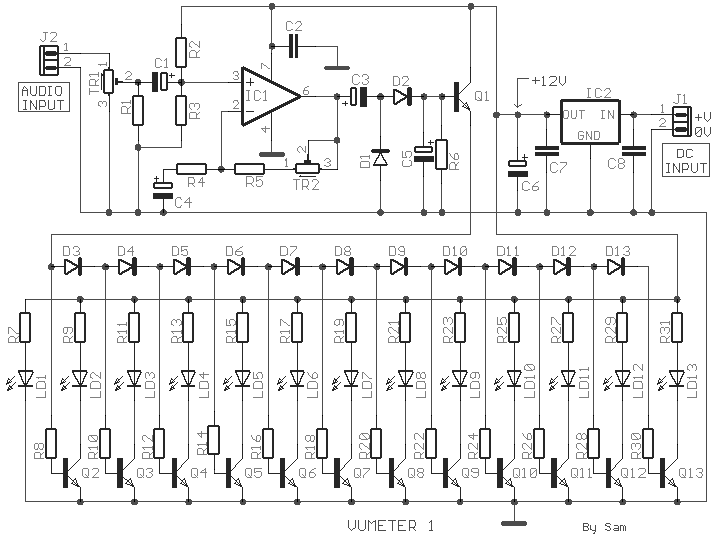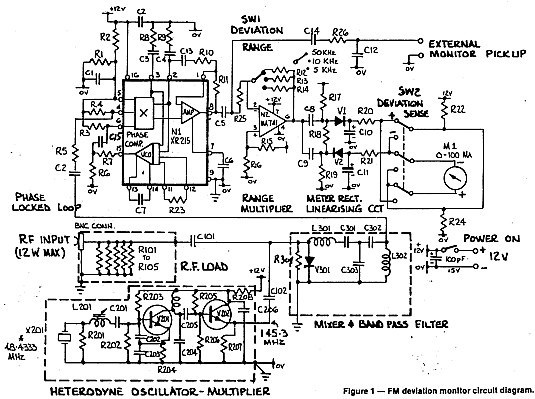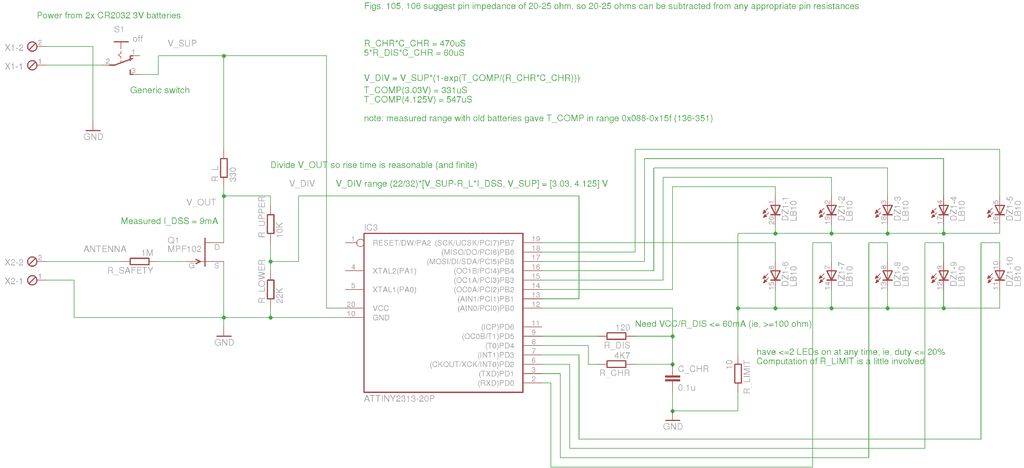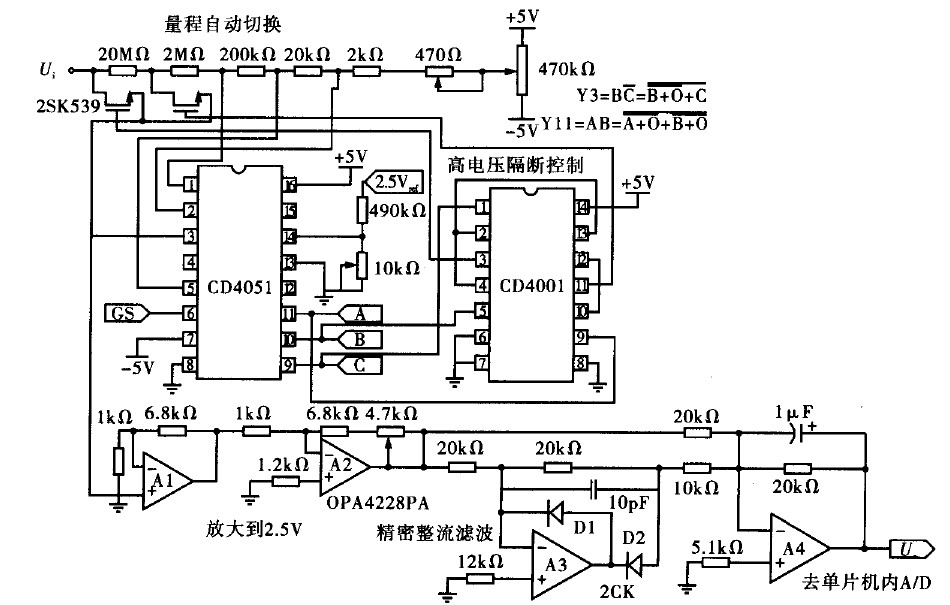
Meter Adaptor With Symmetrical Input
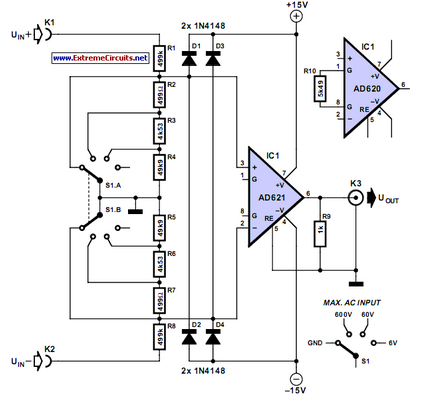
Unlike a standard voltmeter, an oscilloscope typically has one input terminal (GND) connected to ground through the mains lead. In specific situations...
An oscilloscope is a vital instrument in electronics for visualizing voltage signals over time. It provides a graphical representation of electrical signals, allowing engineers and technicians to observe waveforms, measure signal parameters, and diagnose issues in circuits. The input configuration of an oscilloscope is distinct from that of a standard voltmeter.
In an oscilloscope, the ground terminal (GND) is usually linked to the earth ground through the mains supply. This connection ensures that the oscilloscope operates safely and minimizes interference from external noise. The grounded input helps stabilize the measurements by providing a reference point for the signal being analyzed.
When connecting the oscilloscope to a circuit, it is essential to consider the input impedance, which is typically high (around 1 MΩ) for most oscilloscopes. This high impedance ensures that the oscilloscope does not significantly load the circuit under test, allowing for accurate measurements without altering the circuit's behavior.
The oscilloscope can display various signal characteristics, such as amplitude, frequency, and phase. It can capture both periodic and non-periodic signals, making it versatile for troubleshooting and analyzing different types of electronic circuits. Users can adjust the time base and voltage scale to zoom in on specific waveform details, enhancing the analysis capability.
Overall, the oscilloscope is an indispensable tool in modern electronics, providing insights into the dynamic behavior of electrical signals that cannot be achieved with simpler instruments like voltmeters.In contrast to an ordinary voltmeter, the input of an oscilloscope generally has one side (GND) connected to ground via the mains lead. In certain situati.. 🔗 External reference
An oscilloscope is a vital instrument in electronics for visualizing voltage signals over time. It provides a graphical representation of electrical signals, allowing engineers and technicians to observe waveforms, measure signal parameters, and diagnose issues in circuits. The input configuration of an oscilloscope is distinct from that of a standard voltmeter.
In an oscilloscope, the ground terminal (GND) is usually linked to the earth ground through the mains supply. This connection ensures that the oscilloscope operates safely and minimizes interference from external noise. The grounded input helps stabilize the measurements by providing a reference point for the signal being analyzed.
When connecting the oscilloscope to a circuit, it is essential to consider the input impedance, which is typically high (around 1 MΩ) for most oscilloscopes. This high impedance ensures that the oscilloscope does not significantly load the circuit under test, allowing for accurate measurements without altering the circuit's behavior.
The oscilloscope can display various signal characteristics, such as amplitude, frequency, and phase. It can capture both periodic and non-periodic signals, making it versatile for troubleshooting and analyzing different types of electronic circuits. Users can adjust the time base and voltage scale to zoom in on specific waveform details, enhancing the analysis capability.
Overall, the oscilloscope is an indispensable tool in modern electronics, providing insights into the dynamic behavior of electrical signals that cannot be achieved with simpler instruments like voltmeters.In contrast to an ordinary voltmeter, the input of an oscilloscope generally has one side (GND) connected to ground via the mains lead. In certain situati.. 🔗 External reference
